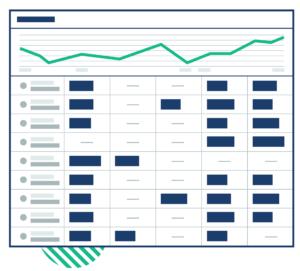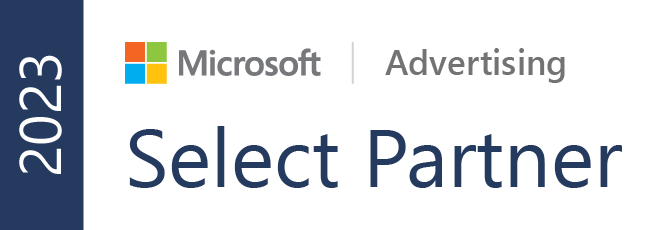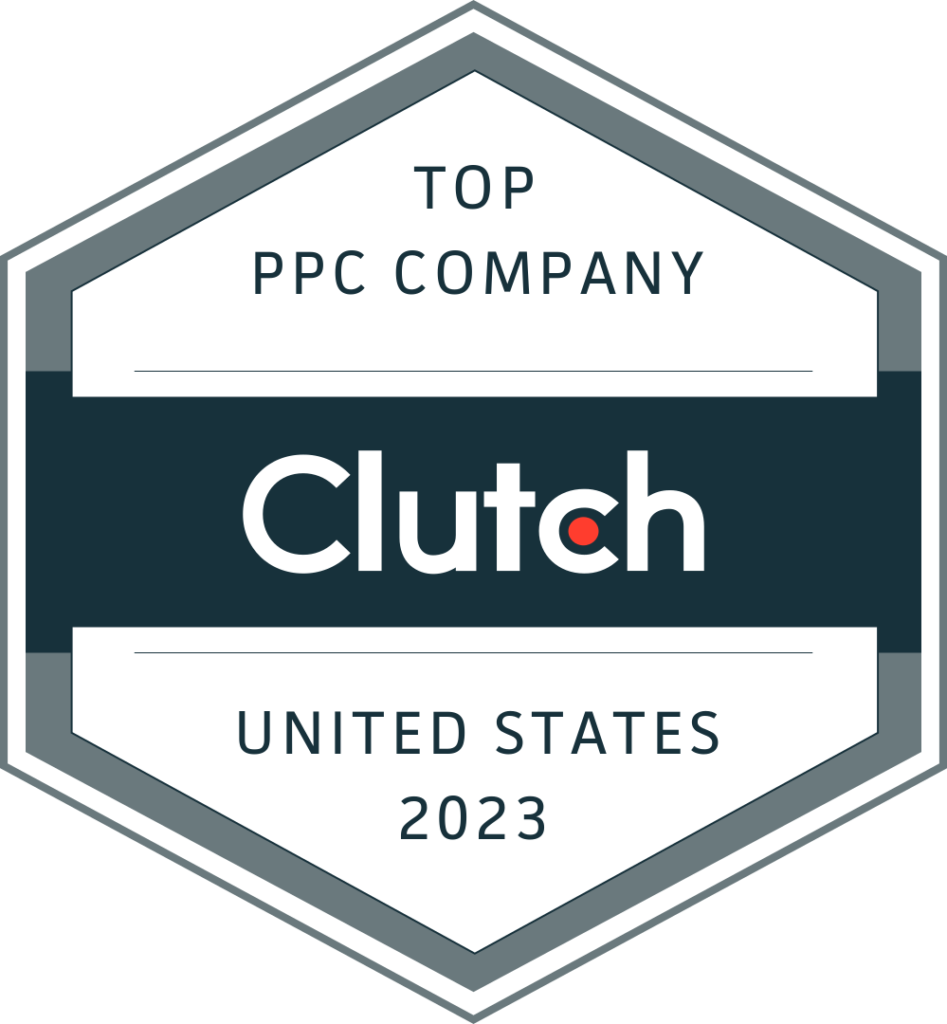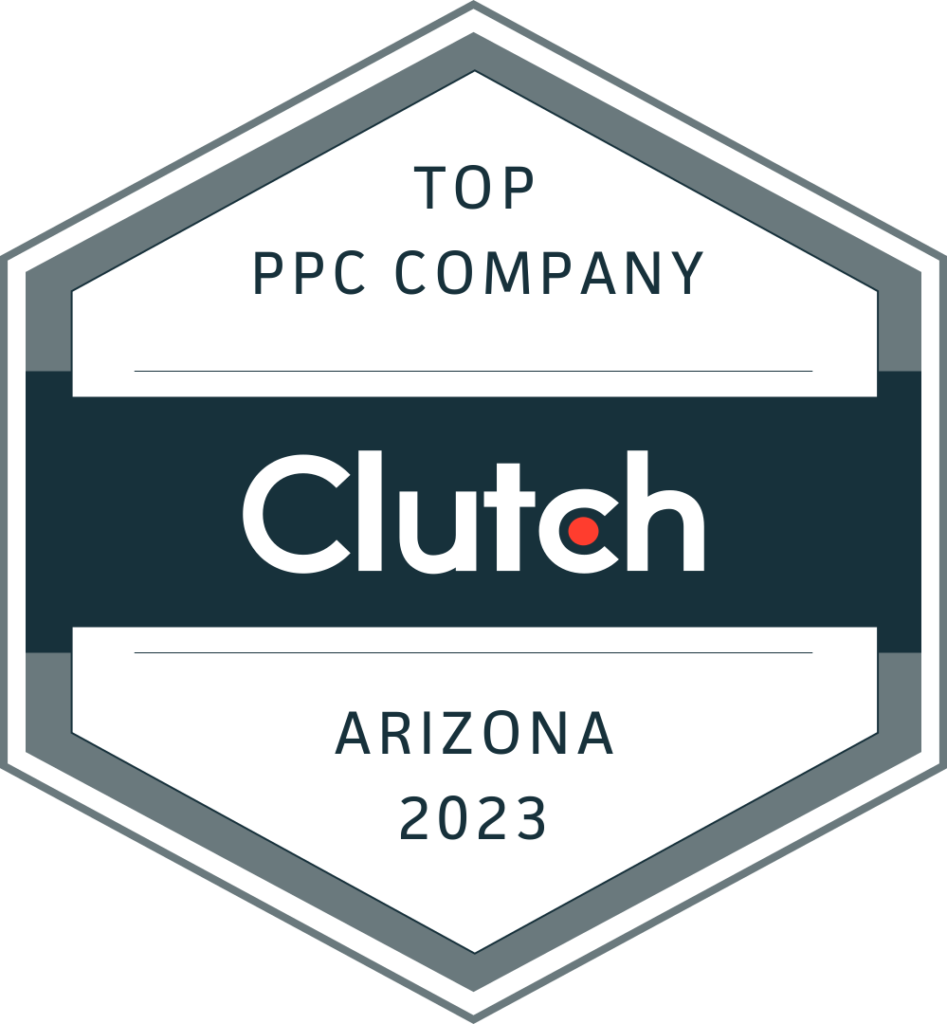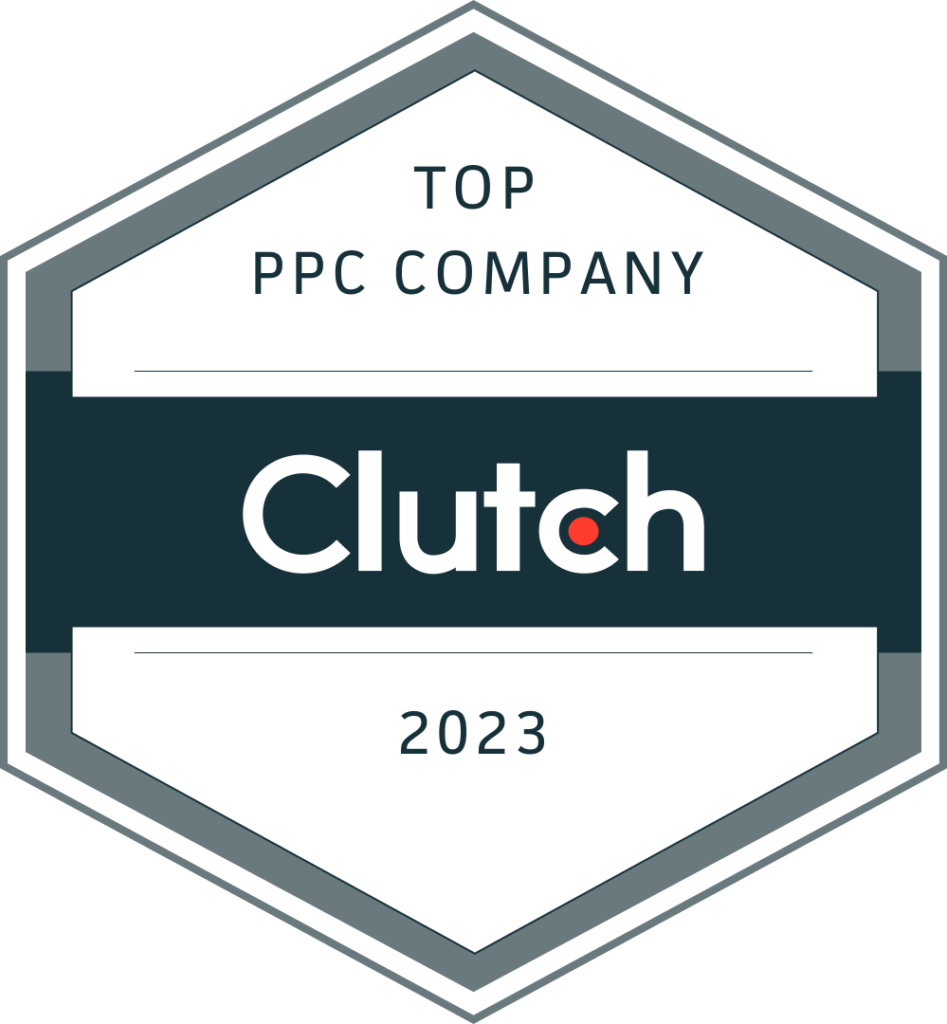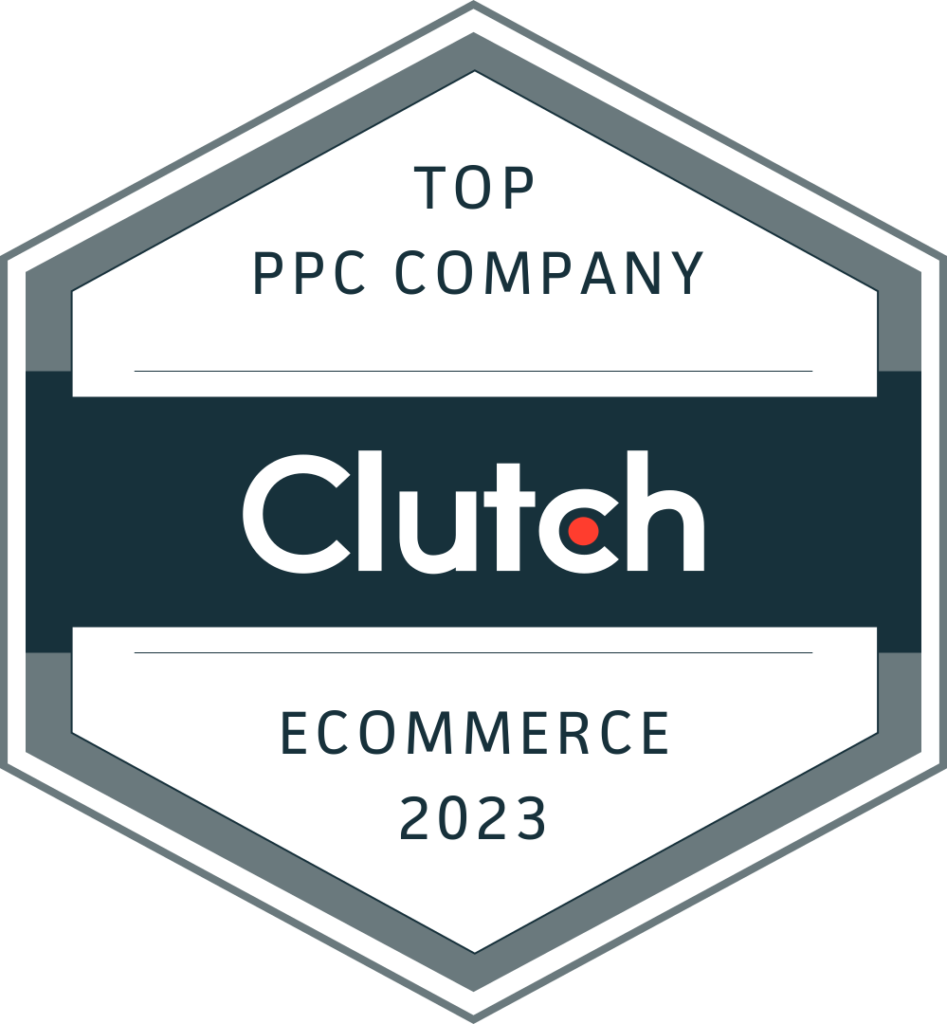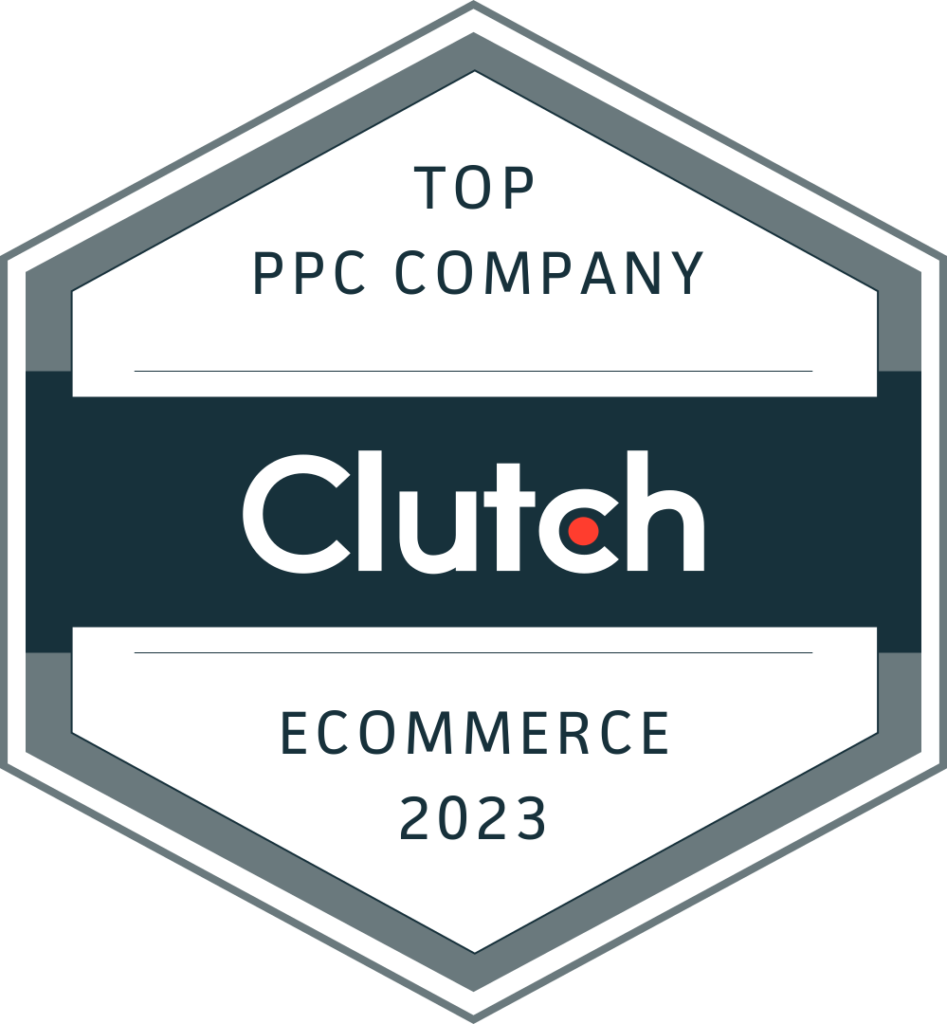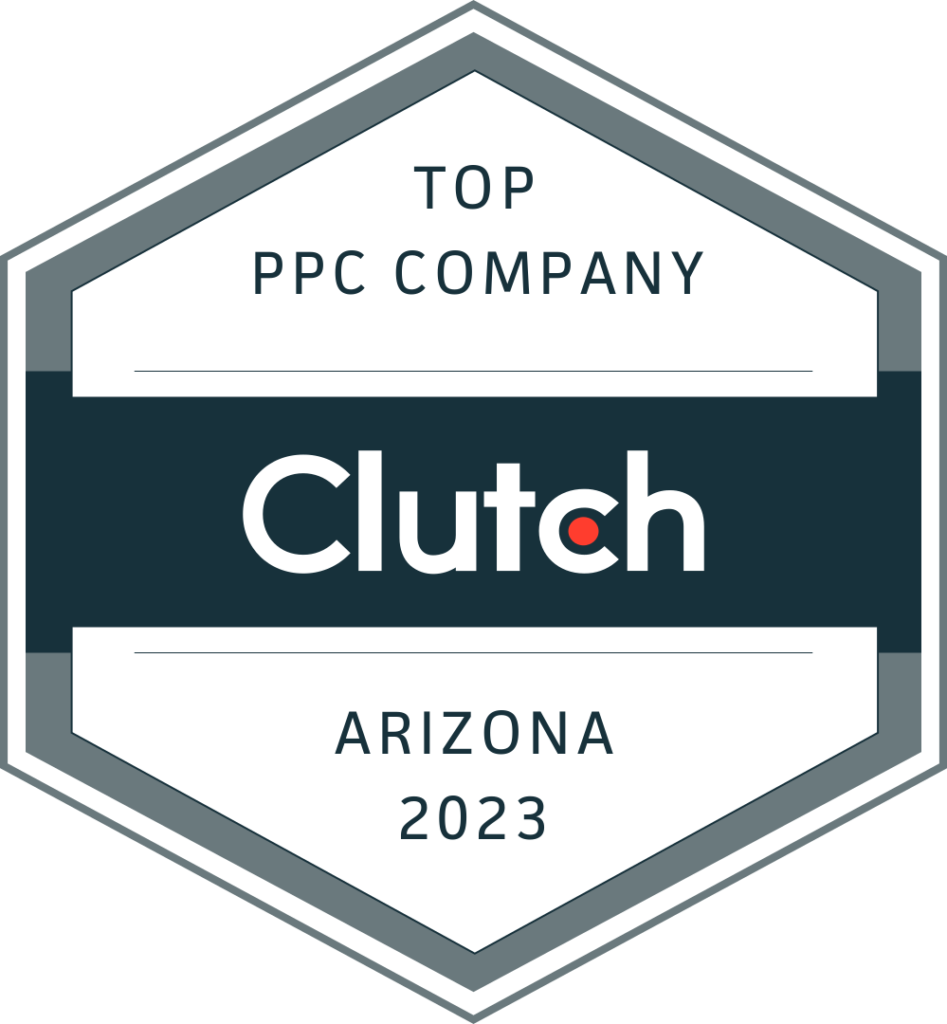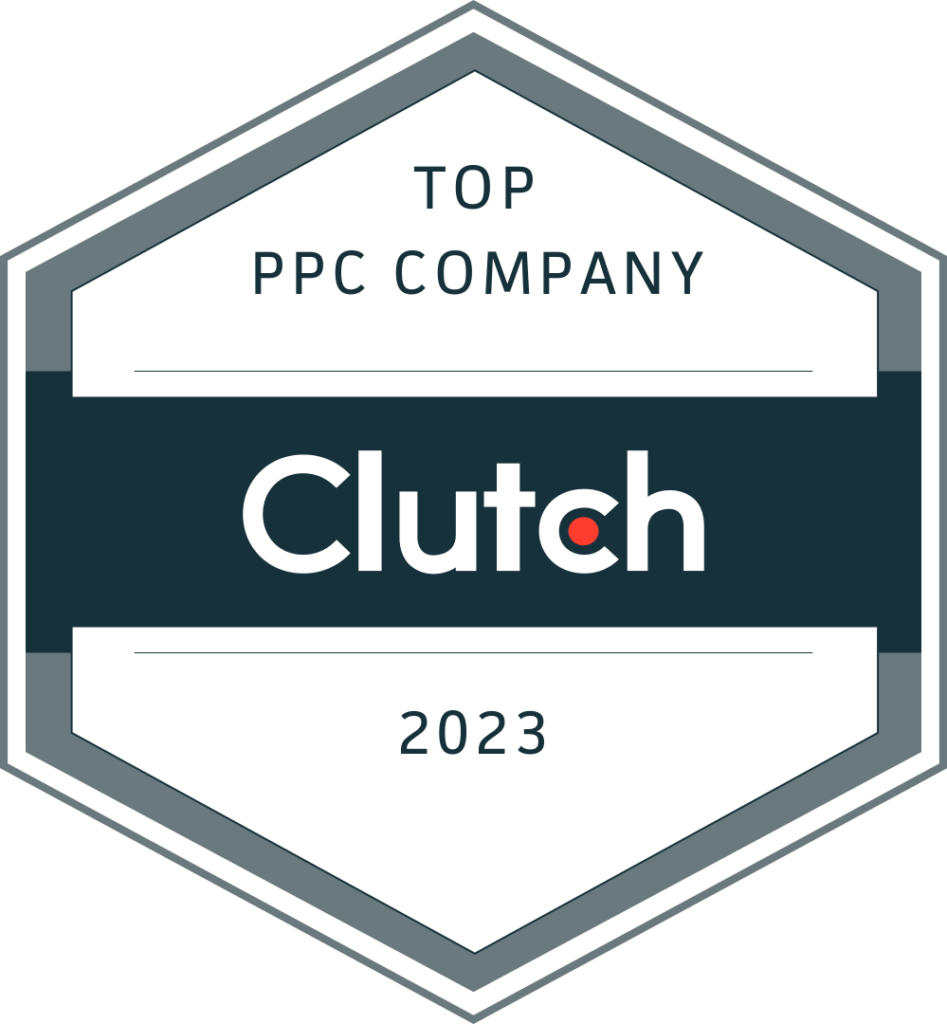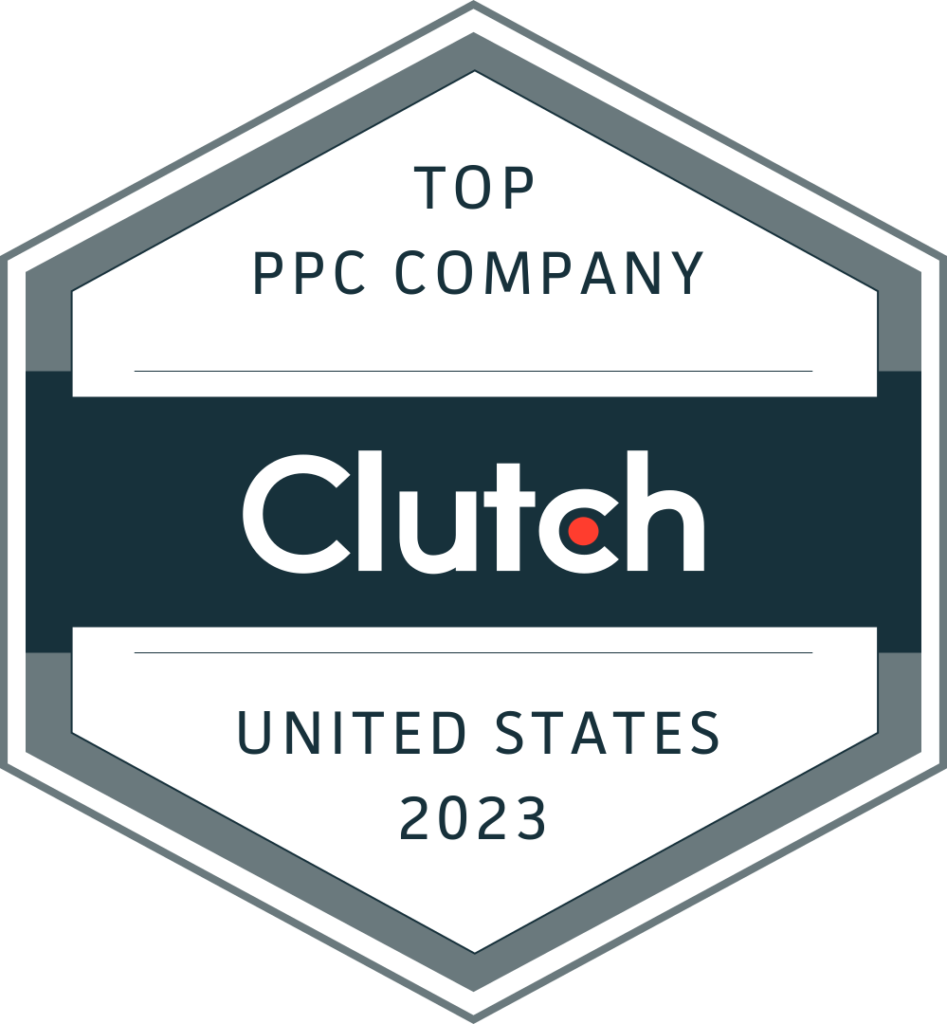
Episode 11
Proven PPC Strategy: Using an intent-driven keyword structure
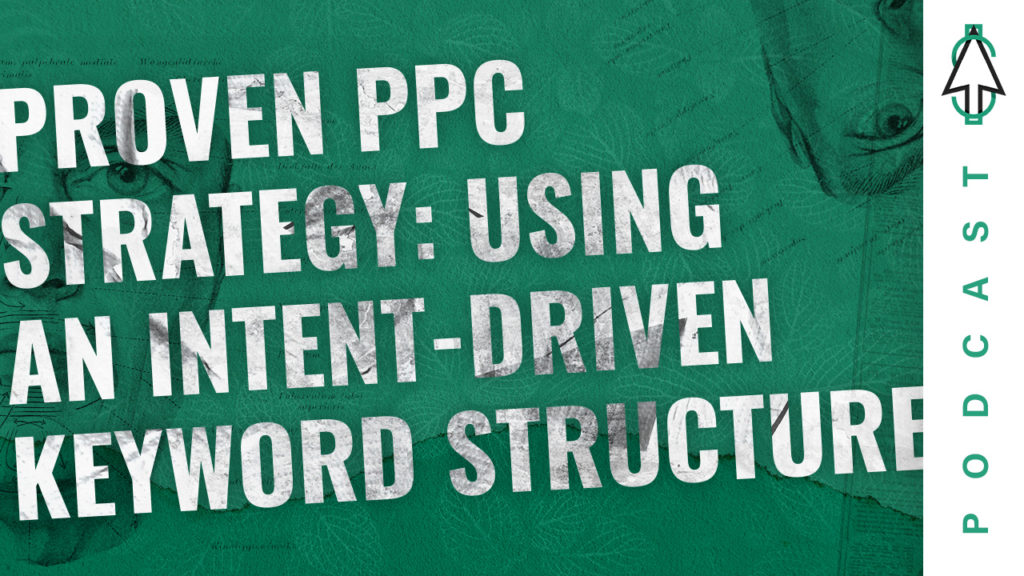
Watch
Alright. Welcome back to another episode of Paying For Attention. Today we’ll be talking about proven PPC strategies, like using an attend driven keyword structure. Today with us, we have Keegan Brown and Andrew Hollington.
For attention. Perfect. Thanks, Dan. Really the reason here that we’re talking about this is most companies want to scale their search campaigns to drive more clicks, more conversions, more customers, more ROI. And the the goal here is always to grow non brand, because one you know, your brand campaigns most always do well, but they’re limited, right? Only so many people know your brand. You can always spend more on a brand campaign. And in addition to that, most brands want to capture new customers who aren’t familiar with their brands yet.
So that is why this is so important to get started. Really not having a keyword intent strategy. We’ll end up making you think maybe paid searches for your organization, or maybe it’s not as cost effective as it should be.
Yeah. And really the reason that we see for that most of the time is going to broad. That’s really the number one reason, right. So you’re trying to cast a wide net and in your keyword strategy initially, which seems to make a lot of sense. I want to get after my entire audience right away. Well, how it works is unfortunately, there’s probably more searches on the broad side of your keyword targeting than you are able to spend in your budget. Unless you’re a huge company that just has unlimited budget.
But I’m guessing you’re probably not in that category. So that’s where this all comes in is. Well, what do I do then? To get that broad verse narrow down? And how do I do it? And and how do I make sure that performance is good along the way?
Yeah. In addition to that, the way that campaign and budgets are set up within search platforms is that your budgets are allocated at the campaign level. So when you include a ton of broad keywords along with your good keywords, you’re more narrowly targeted keywords. What’s going to happen is your budget is going to be eaten up by those extremely broad keywords because one their search the most. Right. As you go from very broad to narrow, your very broad keywords are going to get a lot more search volume.
And so your budget will start to get eaten up by that before your really good highly targeted keywords ever get a chance to even show an impression.
Yeah, that’s exactly right. I mean, if you have $200 a day to spend, you want to make sure that the vast majority of that is going to go to intent driven keywords. Right. Like our title says, you want to make sure that people are ready to sign up for your offer, buy your product, things like that. So just thinking about the intent behind it is going to be the key there, too in your broad verson arrow. And we’ll really get into the how here in a bit.
But just thinking along those lines and doing that exercise in your head is going to be the start to it.
Those are all great points, but they really kind of brings up the question, then, is how broad is too broad.
Yeah. So when you’re thinking about broad versus very intent driven keywords, the best way to kind of start this exercise is starting with what is the most broad keyword that defines your business. So let’s say that you are a LASIK surgery center and you’re doing marketing for basic. The most broad keyword I can think of might be doctor. Right. So, doctor, do you want to show up for every single doctor search there is? Probably not. I wouldn’t recommend it. You’re going to show up for every type of doctor out there.
So how do you narrow down and drive more intent? Well, the next kind of phase there would maybe be eye doctor, right. That narrows it down. And you are an eye doctor or the center has eye doctors. But how do we make that even more intent full? So there’s LASIK eye doctor. So then you bring that down another step and then you want to just keep going down to LASIK eye doctor in Phoenix, or maybe LASIK eye surgeon in Phoenix or whatever go or as I surgeon near me all the way down until you get to your brand, whatever your brand name is, plus your service.
So if it was paying for attention LASIK, that would be the keyword, right. Paying for attention. Plus LASIK eye surgery or whatever that would be kind of driving down the entire list of intent and being able to really break out all of those keywords. And you can have all the different semantics between eye doctor. I surgeon as Lacey surgery, all those. And you want to break that down. And as you go down, the more intent that search is and that and obviously, so many people search for your brand versus doctor at the very top.
So that’s how you want to start to allocate your budget.
Yeah. I would add to that just a common misnomer. I guess you could call it is we’re talking adding words like Doctor doctor, one word. So we’re talking short versus long tail keywords here. Right. But I wouldn’t get in the habit of saying, oh, I just need to start with all long tail keywords, because what we see there a lot of times is long tail keywords lead to long tail searches that are research based. So check your search term reports. This is getting a little bit off topic, but check for how why and do some analysis on those, because what you don’t want to do is fall into the kind of the caveat of looking at this long tail keyword has to be intent driven.
No, not necessarily. Right. If someone’s doing research like how do I find an eye doctor that probably doesn’t have as much intent as Lasix surgery near me, right. They’re looking for an appointment. They’re looking for a doctor near me someone else is looking for. How do I even choose an eye doctor? So don’t mix long tail with intent.
Yeah. And going with that what you want to do from here after you kind of built this long list of keywords of all going down the list, getting more and more intent driven. The best way to start to set up an intent driven structure is to start by segmenting your campaigns by kind of buckets of intent. So for the most part, everything that we do and most things that we see from other agencies or other internal teams that an organization is you have a brand campaign, and you do that for a reason because it’s completely different audience, different budgets, different performance.
So that’s how you want to set it up. That’s the first place we start. I have a brand campaign. The next is move up that list of intent, so that might be again, like LASIK eye surgeon free consult or LASIK eye surgeon in near me. Right. And so you’d want to move up to that next bucket of intent and create a campaign pain for that. And maybe that’s where you start depending on your budget. If you have $100 per day, I’m putting the first maybe $1020, whatever your brand is going to spend towards that campaign, we know it’s going to perform.
We know it’s going to generate appointments. So the next, you know, maybe $80 is going to go towards the ASIC near me, the LASIK eye surgeon near me, LASIK free console LASIK in Phoenix. And then let’s say you Max that out. You’re getting great performance and you want to continue to scale. That’s where you go up to the next bucket, which might be LASIK eye doctor or just eye doctors and going up there. And that’s where you get even more volume and be able to spend a lot more of your budget.
It’s going to be less cost effective than these other two buckets below because it’s less intent. We don’t know if somebody’s searching for eye doctor in Phoenix, if they’re looking for like they might be, they might lead to Las, but it’s getting less and less intent as you go up that list. But as you go up that list, you’re going to be able to spend more, get a lot more clicks. So being able to start from brand to high intent, maybe medium intent and then up is going to be the best way that you can scale your non brand keywords and continue to drive good results.
I like looking at it that way a lot, because I have $200 a day to spend or like an Hussein, I have 100 dolars a day to spend. I want to Max out my first level brand and segmenting that way is going to allow you to do that. Right. We’ve seen people on campaign setups on paid social that are top of funnel, middle funnel, bottom funnel. This is the same exact thing just in search. Right. I want to use who is most likely to convert where my budget is going to go first and then move down the list there.
And by setting them up campaign by campaign, you’re going to be able to see. Alright. I know my Max on brand is this dollar amount. I know my Max on non brand, very, very high intent is this amount and then work your way down. Right. So I really like that organization and I guess just to kind of build off of that.
And when you’re looking at scaling, we constantly get the ask. And I’m sure you do too. We can. We just double spend and get double the amount of leads. Maybe it depends on what the metrics are saying and breaking out your campaigns by intent is going to allow you to better forecast your level of intent and level of performance and what you’re going to be able to get. So for example, let’s say you’ve already maxed out brand. Great. You are spending maybe $100 a day on your most intent driven, non brand keywords and it’s limited by budget.
Great. So that shows that there’s opportunity that you can scale that campaign and there’s metrics like impression share loss, the budget that you can utilize to say. Okay, if we spent 30% more, we should be able to get 30% more leads. And if you have that next level of intent above that campaign with another campaign that you’re spending, maybe another $50 or $100, that is going to show how much more opportunities in that campaign. Maybe you’re missing impression share due to budget. So then you can start to plan and forecast how much more you can get at certain levels of performance based on the intent within that structure.
And that is going to be the best way that you can forecast performance and know what actual budget you need to hit certain goals of leads or appointments or whatever you’re doing for your organization. That is the way that you can start to scale cost effectively because you can pull the levers to say we no longer want to spend on this high a low intent campaign anymore. We need more bottom of funnel high intent keywords or searches. Right. So that allows you to kind of pull those levers and scale cost effectively and forecast for the future.
How do you make sure there’s no keyword cannibalization between these two campaigns?
That’s a really good question, Dan. I think the you have to start with a solid negative keyword strategy here. Definitely because it definitely makes sense that you have all these campaigns with different levels of keywords before the negative keyword strategy I would start with. We typically don’t use broad keywords for this reason. And obviously Google just removed the broad modified. So we use phrase so that we can at least somewhat limit Google’s kind of intent and close variant type search queries coming through different campaigns, but starting there and then moving to the negative keyword strategy.
I mean, it’s honestly pretty simple. You just want to create a negative keyword list of all of the keywords in your high intent campaign, for example, and negate that out from the brand campaign. Negate that out from the non brand middle intent campaign. Negate that out from your broad campaign. If you have one, if you’re trying to scale there with a broader can just add that negative keyword list, select all the campaigns except for obviously the one that those keywords belong to and do the exact same for the other campaigns.
And that will make sure that one campaign isn’t seeing the exact same search term is another campaign that gets really, really messy and frustrating and very hard to manage, and it would ruin this entire strategy.
Honestly, these are all great points. Just to sum it all up, what are some takeaways you guys can give?
Yeah. So I think the first one is really building out that keyword list and build it in order of intent. That will allow you to just keep adding intent modifiers and kind of seeing that progression of intent as you go down that list and they start to build it by buckets and to brand very high intent, high intent, medium intent broad, and then segment your campaigns by those different buckets of intent so you can allocate your budget that way so it allows you to kind of see the performance and allocate everything by those different buckets.
I think the key here is organize, organize yourself when we do it. We have color coded Excel spreadsheets or Google Docs. Whatever you use Google sheets, color coded. Call it tier one, tier two, tier three color code. It make sure you’re organized and knowing this is the campaign I’m intending here. This is the campaign I’m intending there. And then from there you’re going to be able to I think the last key takeaway is to scale cost to effectively use those impression share metrics. Keeping was talking about Max out the top level, which is brand, then Max out your next level and by measuring that impression share, you’ll know, when you’re basically maxed out there or not and then work your way down to the very, very broad of your list and you should have good performance on the high intent ones.
So that allows you to open up your spin a little bit on the broad ones and will allow you to scale while you already have that cost effective performance you’re looking for.
Yeah. And I guess some things not to do is don’t put all your keywords in one campaign. Don’t go too broad. Don’t use doctor if you’re a LASIK high surgeon, and if you follow that structure. You should have a pretty clear path on scaling cost effectively and growing your campaigns.
Awesome. This has been great, guys. I appreciate your knowledge on this and we look forward to hearing from any questions that you guys may have for us that we can answer. Please send those questions to us. And until next time we’ll see you later.
Have a Question?
If you have a question regarding paid media, fill out the form below and we will do our best in answering it in our show.
